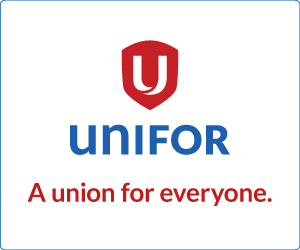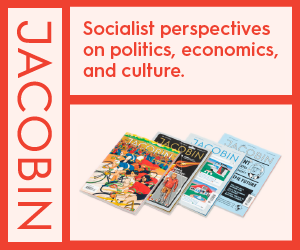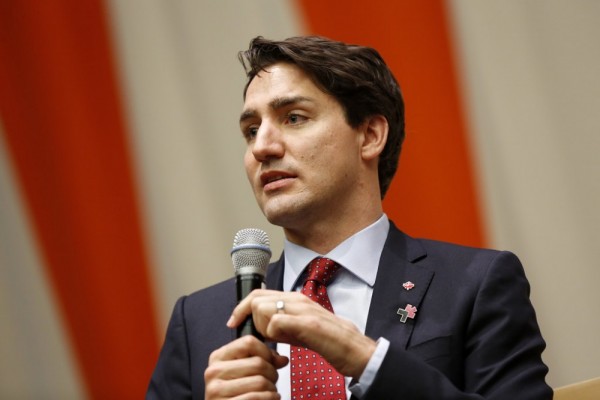Hot Air
Review: Hot Air - Meeting Canada’s Climate Change Challenge
by Jeffrey Simpson, Mark Jaccard and Nic Rivers
McClelland & Stewart, 2007
The Church of the Free Market Fairy is divided into two denominations.
The fundamentalists believe that the Free Market Fairy will always deliver the best of all possible worlds, so long as we don’t let the government interfere.
The moderates believe that the Free Market Fairy isn’t entirely perfect – sometimes she needs a gentle governmental nudge in the right direction.
Jeffrey Simpson, Mark Jaccard and Nic Rivers belong to the second group. In Hot Air: Meeting Canada’s Climate Change Challenge, they show convincingly that, if government doesn’t act, this country’s appalling record on greenhouse-gas emissions will get much worse.
“The business-as-usual rate, augmented by accelerated oil sands development, means that if we do nothing or continue with the same mix of failed policies Canada’s GHG emissions will climb from more than 800 million tonnes in 2010 to almost 1.4 billion tonnes in 2050.”
Much of Hot Air is devoted to a history and critique of the emission-reduction policies of successive federal governments. Those chapters are essential reading for anyone who wants to understand why and how Canadian politicians have avoided action on climate change for fifteen years.
There is no doubt that Simpson, Jaccard and Rivers sincerely believe that Canada’s GHG emissions must be reduced substantially. But they also believe, just as sincerely, that GDP growth is always good, that Canada is inevitably “going to use more energy, not less,” and that any policy must avoid “drag on the Canadian economy.”
Faced with that contradiction, they can only propose that governments introduce a gradually rising tax on emissions, thus nudging the Free Market Fairy to produce magical new technology solutions, including emission-free cars, affordable CO2 capture and storage systems that actually work, energy-efficient buildings, and more.
That won’t happen, because government invests the emissions-tax revenue in R&D or in enforcing lower emissions standards. On the contrary, Hot Air wants a revenue-neutral tax, and in any case the authors don’t like government spending. Technology will evolve in the right direction because their version of Free Market Theology, embodied in a proprietary economic modeling system run by Jaccard and Rivers, tells us so. According to the model, which produces very pretty graphs, a revenue-neutral emissions tax will cause Canadian consumers and businesses to change their behaviour, reducing Canadian GHG emissions to fifty per cent below the 2010 level by 2050.
Even if it works, that figure is far from the goal many scientists think we should aim for to avoid dangerous climate changes – at least sixty per cent below 1990 levels.
But it’s much more likely that the emissions tax will just fizzle. So long as corporations are free to invest as they see fit, any carbon tax that’s high enough to be effective will lead to capital flight, not to investment in new technology. Faced with threatened or actual shifting of investment to the U.S. or China, Canadian politicians will inevitably pull back, leaving a tax like the one recently announced in B.C.: ineffective and easily passed on to consumers.
Carbon taxes may be part of an effective anti-emissions policy, but only if they are coupled with broad-scale economic planning and a determined effort to shut down the Tar Sands and other major emitters. Otherwise we’ll have the worst of both worlds: the Free Market Fairy will deliver higher emissions and an increasingly regressive tax system that mainly affects those least able to pay.
This article appeared in the May/June 2008 issue of Canadian Dimension (May Day!).










